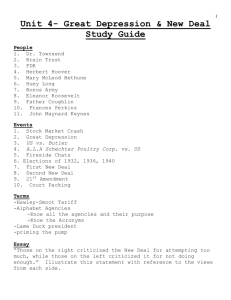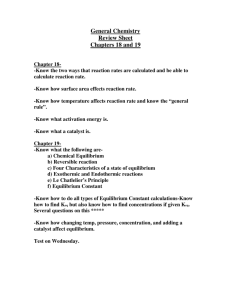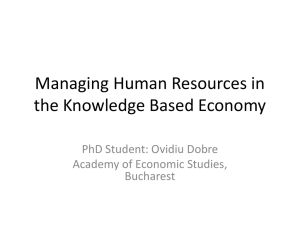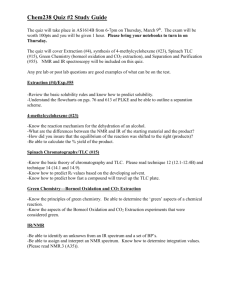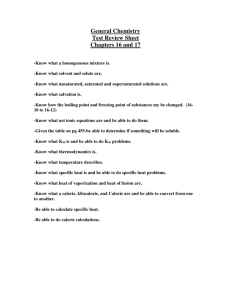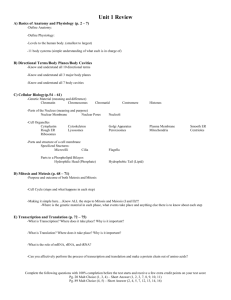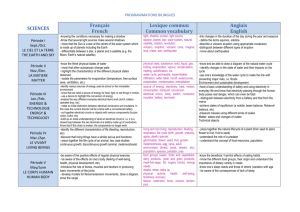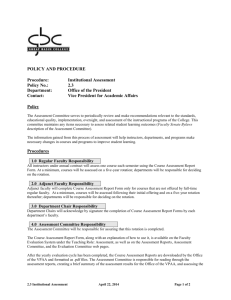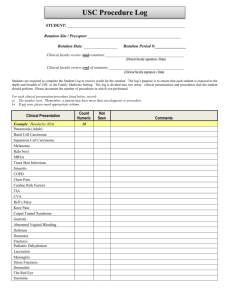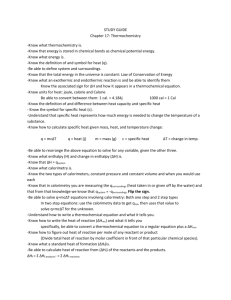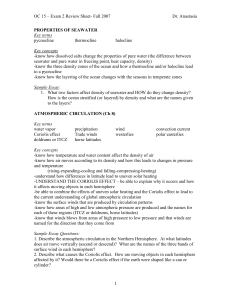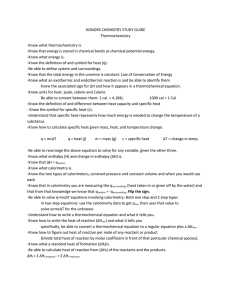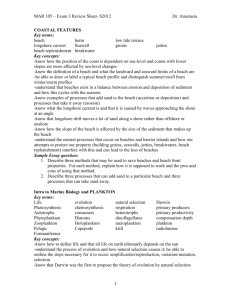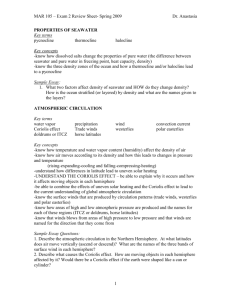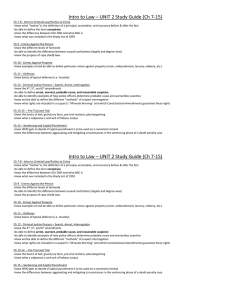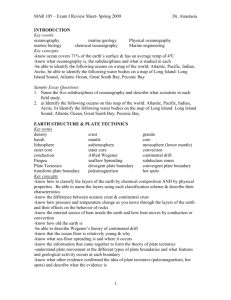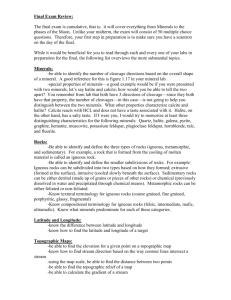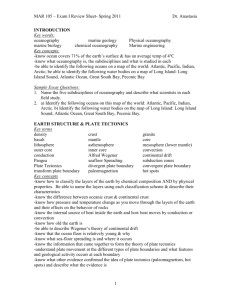Earth Sci Ch. 4 review sheet 07
advertisement
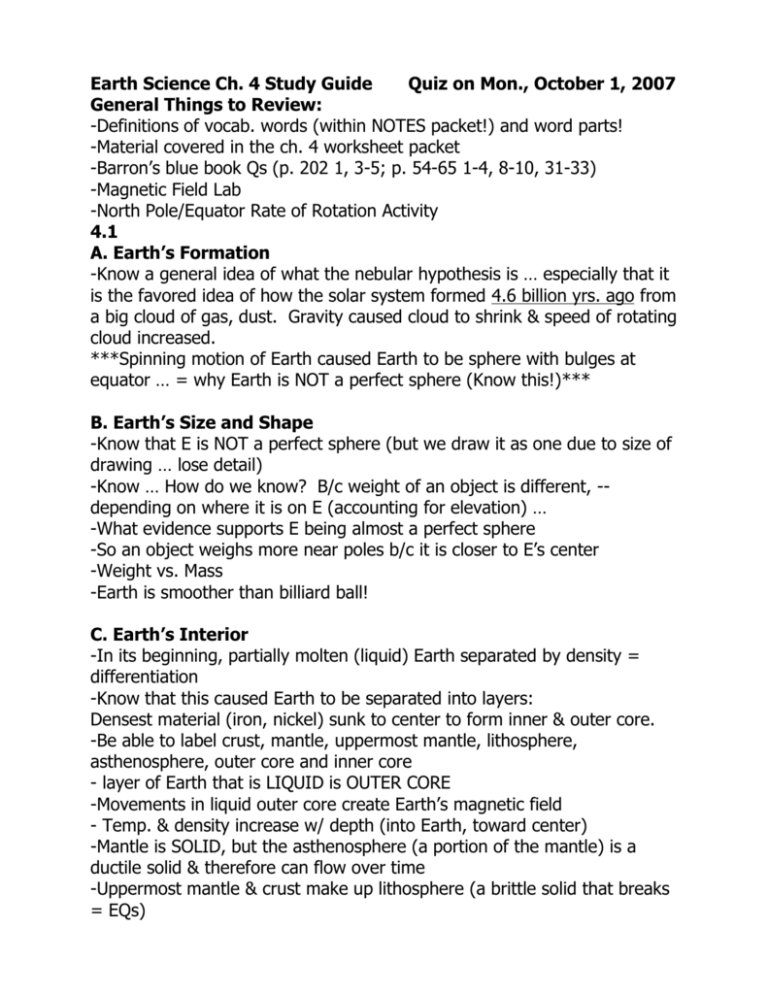
Earth Science Ch. 4 Study Guide Quiz on Mon., October 1, 2007 General Things to Review: -Definitions of vocab. words (within NOTES packet!) and word parts! -Material covered in the ch. 4 worksheet packet -Barron’s blue book Qs (p. 202 1, 3-5; p. 54-65 1-4, 8-10, 31-33) -Magnetic Field Lab -North Pole/Equator Rate of Rotation Activity 4.1 A. Earth’s Formation -Know a general idea of what the nebular hypothesis is … especially that it is the favored idea of how the solar system formed 4.6 billion yrs. ago from a big cloud of gas, dust. Gravity caused cloud to shrink & speed of rotating cloud increased. ***Spinning motion of Earth caused Earth to be sphere with bulges at equator … = why Earth is NOT a perfect sphere (Know this!)*** B. Earth’s Size and Shape -Know that E is NOT a perfect sphere (but we draw it as one due to size of drawing … lose detail) -Know … How do we know? B/c weight of an object is different, -depending on where it is on E (accounting for elevation) … -What evidence supports E being almost a perfect sphere -So an object weighs more near poles b/c it is closer to E’s center -Weight vs. Mass -Earth is smoother than billiard ball! C. Earth’s Interior -In its beginning, partially molten (liquid) Earth separated by density = differentiation -Know that this caused Earth to be separated into layers: Densest material (iron, nickel) sunk to center to form inner & outer core. -Be able to label crust, mantle, uppermost mantle, lithosphere, asthenosphere, outer core and inner core - layer of Earth that is LIQUID is OUTER CORE -Movements in liquid outer core create Earth’s magnetic field - Temp. & density increase w/ depth (into Earth, toward center) -Mantle is SOLID, but the asthenosphere (a portion of the mantle) is a ductile solid & therefore can flow over time -Uppermost mantle & crust make up lithosphere (a brittle solid that breaks = EQs) D. Earth’s Heat -Know Sources of Earth’s Heat: 1. Meteorite impacts & heat left over from E’s accretion (formation) 2. Compression in Earth’s interior 3. Decay of radioactive isotopes -***Since Earth’s formation, Earth has slowly been losing heat*** E. Earth’s Magnetic Field -Be able to use a topographic map to determine the # of degrees separating geographic north & magnetic north – see bottom of map, left of the map scale, to determine exact # degrees separating GN & MN for a specific location 4.2 Earth’s Rotation -Know what rotation and axis of rotation are -Parallelism -Precession- what is it? How much time does it take for 1 cycle? -Axis of rotation is tilted 23.5 degrees from perpendicular -Rate of rotation ***Speed of rotation is slower at poles, faster at equator -Know effects of Earth’s rotation (see wkst on Sect. 4.2) -Standard time zones are 15 degrees of longitude wide & that each time zone is separated by a time meridian -Know what the prime meridian & International Date Line are 4.3 Earth’s Revolution -Difference between rotation & revolution -Rate of revolution (1 full rev. in 1 yr.) & path slightly elliptical) -Elliptical path causes distance between Earth & Sun to change throughout year = changing speeds of E’s revolution and seasonal variations -Hemisphere tilted toward sun gets more direct sunlight & has warmer temp. & longer days -Difference between summer solstice (longest day of yr) & winter solstice (shortest day of yr) -Which is more important for increased temps on E? angle of sun’s rays or E’s distance from sun -aphelion, perihelion
